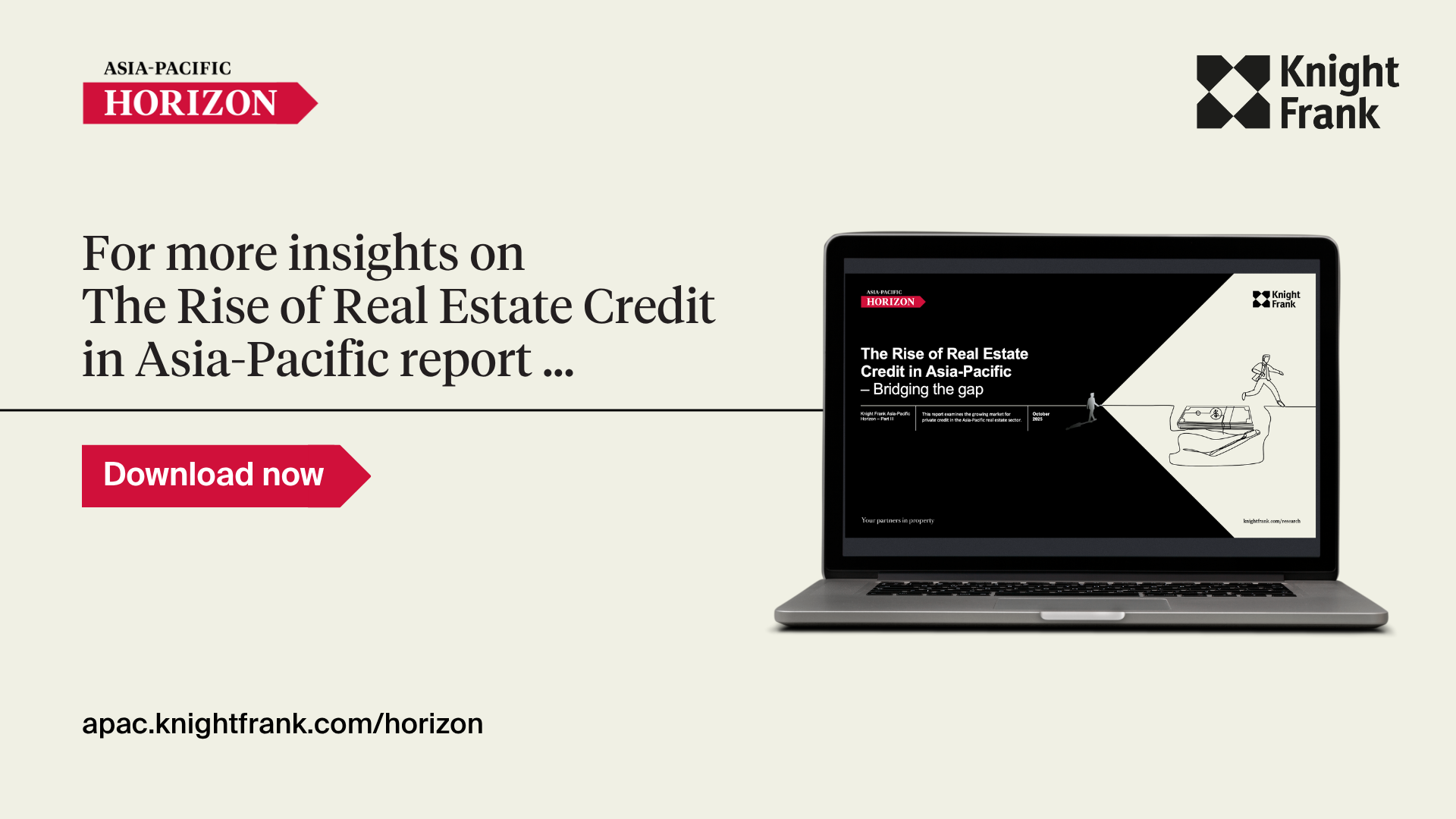Domestic institutions allocate to global funds while foreign investors target US$325 million in local opportunities, with returns of 6-15% across strategies.
South Korea's private credit market has developed along a distinctive path. While macroeconomic conditions have driven global demand for non-bank lending, South Korea has become both a significant source of capital for international markets and an increasingly attractive destination for foreign investors seeking Asian exposure.
Regulatory reforms in 2021 that liberalised the private fund market and levelled the playing field for domestic investors have accelerated growth. This has created two-way capital flows, with Korean institutions investing globally while foreign players target domestic lending opportunities.
This dual dynamic sets South Korea apart from many other Asia-Pacific markets, where private credit activity tends to flow primarily in one direction.
Korean institutions invest globally
Large domestic institutions, including the National Pension Service, insurers, and the country's sovereign wealth fund, are expanding allocations to real estate private credit. Nearly half of South Korean limited partners plan to increase exposure, according to discussions with investors in the country. This reflects a strong preference for stable, yield-oriented strategies in the current market environment.
Data from Preqin shows a growing proportion of South Korean institutional limited partners planning to increase allocations to private debt, at shares notably higher than Asia-Pacific and global averages. While overall returns may be lower compared with equity, asset-backed private credit offers significantly greater stability.
South Korean asset managers such as IGIS, Shinhan and Hana, historically active in credit funds, are accessing private credit real estate overseas, backed by pension and sovereign wealth funds. Korean limited partners have generally shown a stronger preference for investing in global private credit funds, where the opportunity set is wider and more diverse than the domestic market alone can provide.
Private wealth managers and Asian family offices, including those in South Korea, are increasingly seeking opportunities in private credit real estate. In a high-rate environment where institutional liquidity is tight, family offices with large pools of capital are stepping up. Mid-sized private equity funds are turning to them as important limited partners.
International players, such as KKR, Blackstone and Apollo, are expanding in South Korea to tap this capital. Samsung Securities launched a US$107.6 million trust tied to Blackstone's multi-asset private credit fund, opening doors for private wealth to access institutional-grade credit opportunities. These trends highlight the growing role of private wealth as a key capital source in South Korea's alternative investment market.
Foreign capital targets domestic opportunities
As South Korean institutions invest abroad, foreign investors are simultaneously targeting domestic lending opportunities. Strong demand from both international and local investors is evident in new fund launches and capital inflows
Regional developers have been active participants. CapitaLand and ESR recently launched private credit funds backed by South Korean assets, while the Abu Dhabi Investment Authority committed capital to SC Lowy's credit fund and raised a US$157.9 million senior secured loan for a Seoul residential project in July 2025.
Living sectors, particularly multi-family and co-living, have gained traction. Hospitality has attracted strong interest as tourist arrivals approach a record 20 million in 2025. Knight Frank's advisory work with Blackstone on US$86.1 million Gangnam office conversion to a Travelodge hotel illustrates this trend.
New economy assets have drawn strong interest. ESR raised US$325 million in 2024 for its first South Korean real estate credit strategy, targeting modern logistics, data centres, infrastructure and energy transition assets. Foreign investors are also pursuing distressed opportunities in Seoul's oversupplied logistics market.
Fund structure and returns
Direct lending and mezzanine funds account for more than half of South Korea's debt deals. Special situations lead among opportunistic strategies, followed by distressed funds. Senior debt in core strategies delivers around 6% returns, while higher-risk strategies typically yield 10-15%.
Fund structures in South Korea differ from Western markets. While most private credit funds globally are structured as commingled or blind pool funds, this remains at an early stage of adoption in South Korea. Korean limited partners, particularly pension and institutional funds, have traditionally favoured separate accounts or deal-by-deal investments to evaluate each opportunity directly.
However, blind pool funds have gained traction recently as domestic limited partners seek diversification and more flexible deployment. Major players like the National Pension Service, Korea Post and the Korean Military Mutual Aid Association have committed capital to blind pool structures following public selection processes to appoint general partners.
Key risks and market outlook
South Korea's project finance model carries significant risk. Developers contribute minimal equity—often below 10%—relying instead on debt and construction guarantees. Failed projects transfer losses to guarantors and lenders, creating systemic exposure. Geopolitical tensions add another layer of volatility.
The outlook remains positive despite these challenges. Rising uncertainty is driving capital toward private debt, which continued growing in 2023 while other alternatives struggled. Tighter bank lending has opened space for private lenders offering floating-rate loans with attractive yields.
As domestic interest rates decline from 2023 highs, yields on senior loans are expected to moderate slightly. Private credit should continue to offer a premium over public debt, with senior loans in the mid-single digits and higher-risk strategies potentially delivering low double-digit returns.
South Korea's position as both a source and destination for private credit capital creates unique opportunities for investors. The regulatory environment supports cross-border flows, domestic institutions have substantial capital to deploy, and foreign investors are finding attractive risk-adjusted returns in local lending opportunities. This two-way dynamic is likely to strengthen as the market continues maturing.
For more insights, please download the latest edition of Knight Frank’s Asia-Pacific Outlook series, The Rise of Real Estate Credit in Asia-Pacific - Bridging the Gap, report below.

For further information, please contact: Ahfisah Rahman, Content and PR Director, Asia-Pacific
Notes to Editors
Knight Frank LLP is the leading independent global property consultancy. Headquartered in London, the Knight Frank network has 740+ offices across more than territories and more than 27,000 people. The Group advises clients ranging from individual owners and buyers to major developers, investors, and corporate tenants. For further information about the Firm, please visit www.knightfrank.com.





